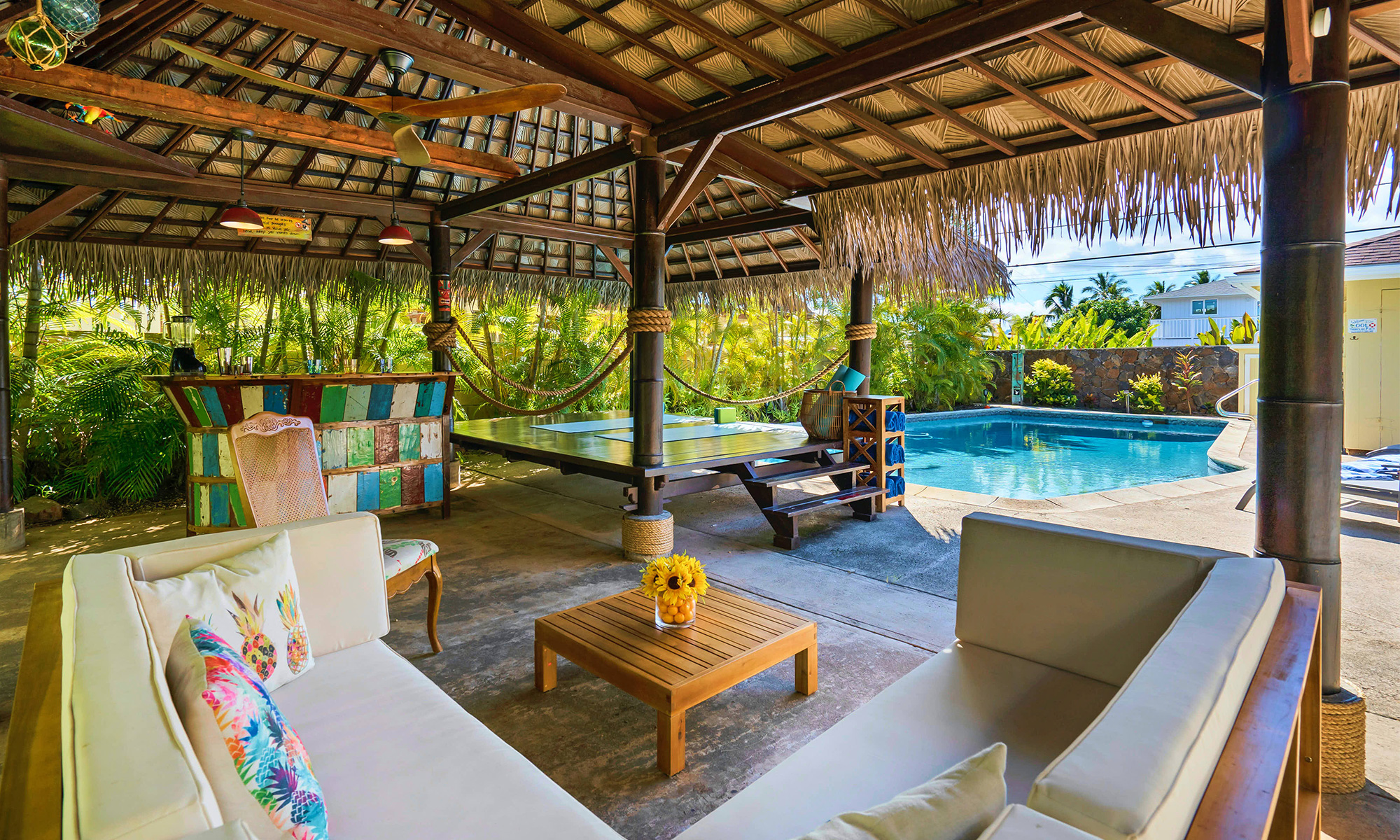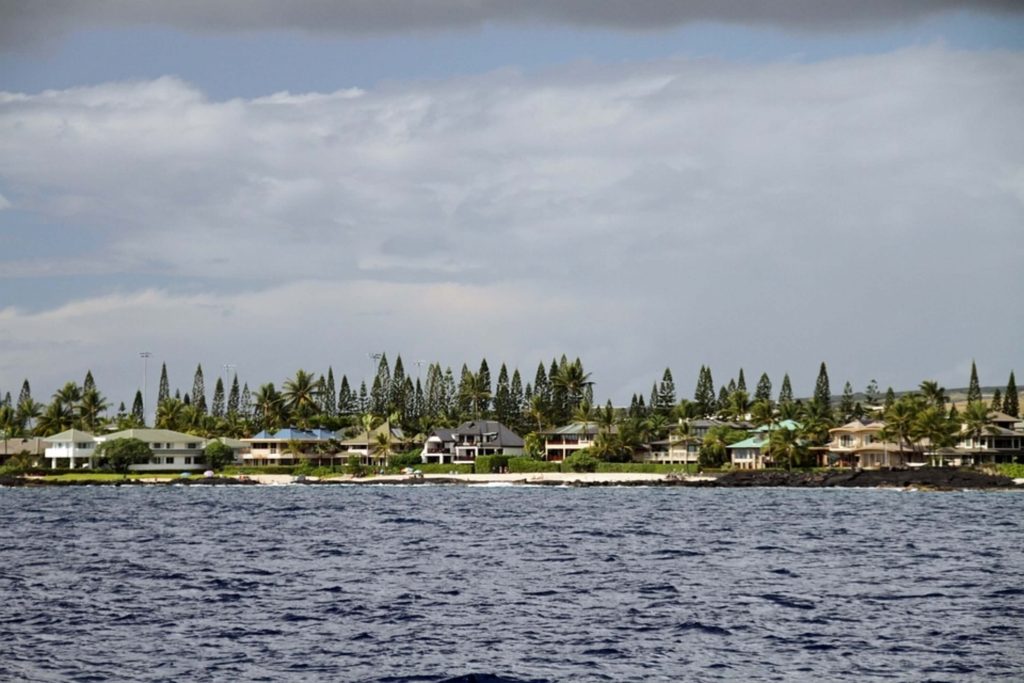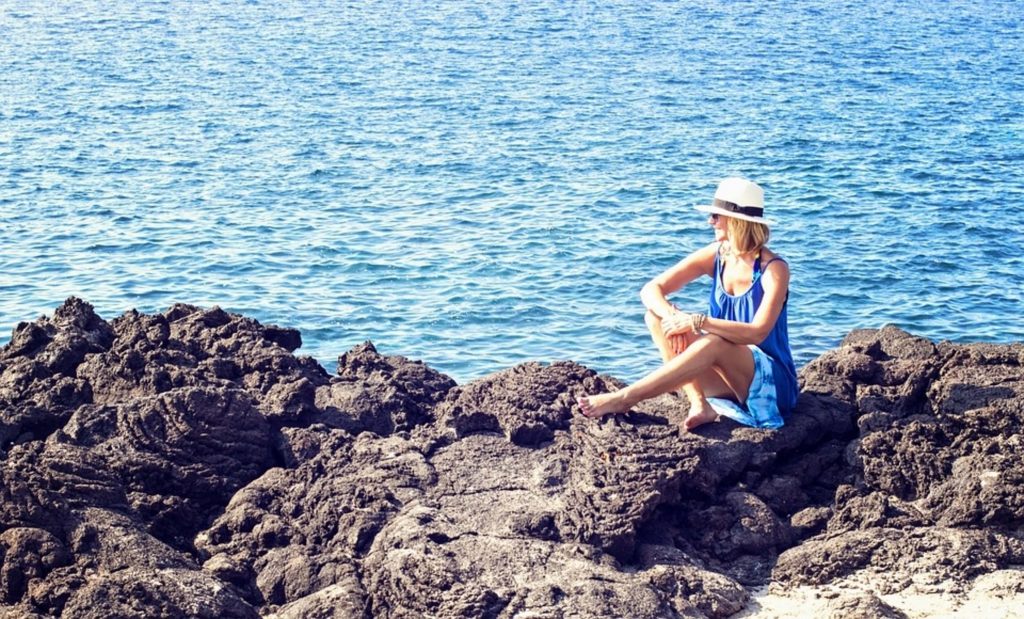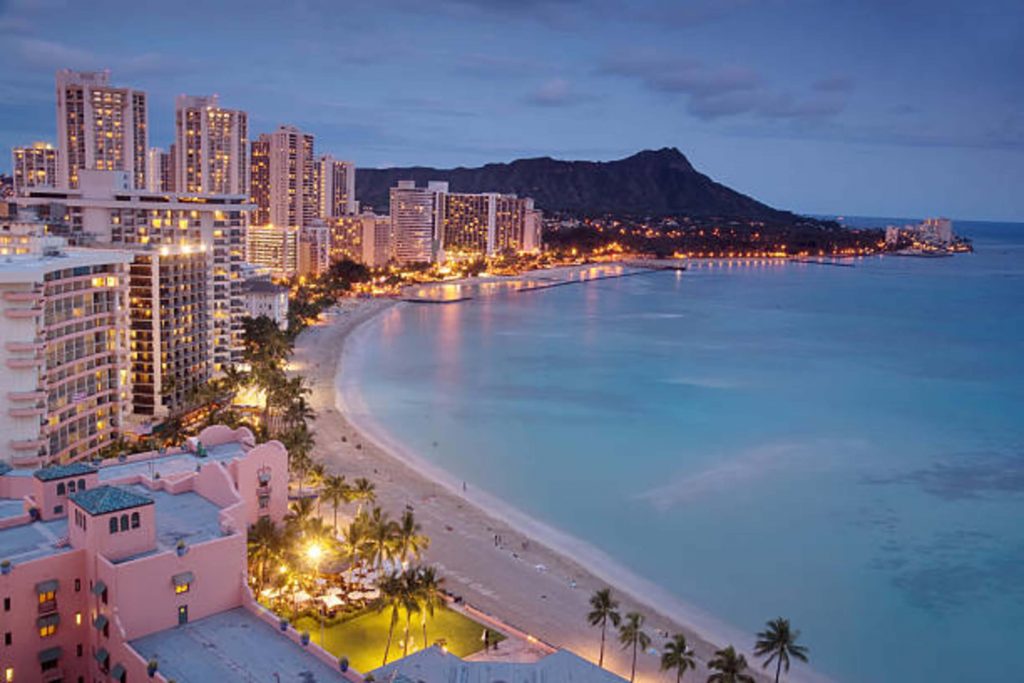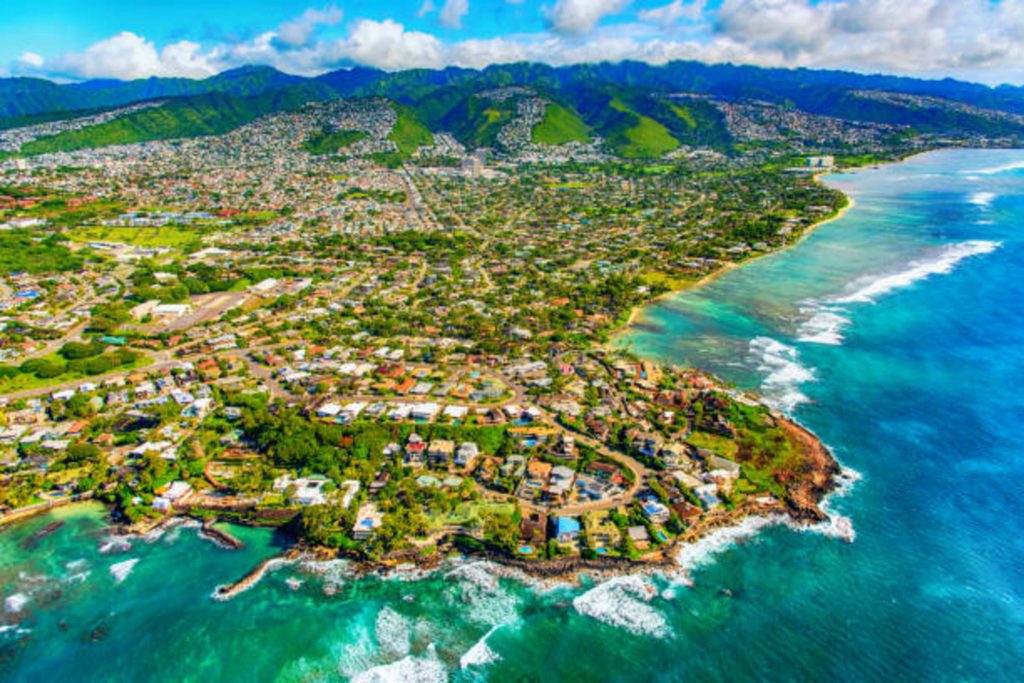Exterior Home Maintenance Tips For Your Hawaiian Home
Many people dream of owning a coastal home in Hawaii. They imagine waking up every morning to the sound of waves crashing on the shore and being able to head straight to the beach and enjoy the beautiful sunrise. But while this idyllic lifestyle might seem grand, several challenges also come with it. So if you’ve just bought a house on one of the islands, here are exterior maintenance tips you should know about to protect your investment.
Choose the Right Siding Material
Living near the beach presents various challenges you won’t find in cities or the countryside. Although Hawaii’s weather is sunny most of the year, this doesn’t stop the waves from bringing saltwater to your home’s surface. Because of this, your siding material will have the most impact on the durability of your dwelling place.
That being said, you’ll want to avoid using metal siding on a beach house at all costs. You already know how steel badly rusts to saltwater, right? Fortunately, you’ve got plenty of other options, including:
- Wood shake siding: Rich in color and texture. Requires consistent maintenance, though.
- Vinyl siding: Cheap and customizable. Also durable for the most part but can give in to powerful winds without reinforcement.
- Fiber cement siding: Imitates wood aesthetics. Exceptionally durable and effective against hurricanes. A bit prone to moisture.
- Brick or stone siding: Offers the most resistance to saltwater and the weather. Downside: pretty expensive.
Keep in mind that no matter what exterior cladding you choose, there will always be compromises. To make the right choice, do further research and select only what fits your needs and budget.

Update Your Roof
The weather in Hawaii can be pretty unpredictable. Sometimes it’s bright and cheerful, then the next moment you’re facing a downpour. This inconsistency can take its toll on your home, so it’s crucial to ensure your roof does its job.
And speaking of roofs… don’t forget about Hawaii’s high winds! They cause wear-and-tear over time. So if you want to rock aesthetics while protecting your house, clay tiles are the best option. Aside from being weatherproof, they also last longer. If you’re on a budget, a thatch roof is a better choice. Just remember that you might have to change it every three years. Other popular options include wood shingle, shakes, and slate tiles.
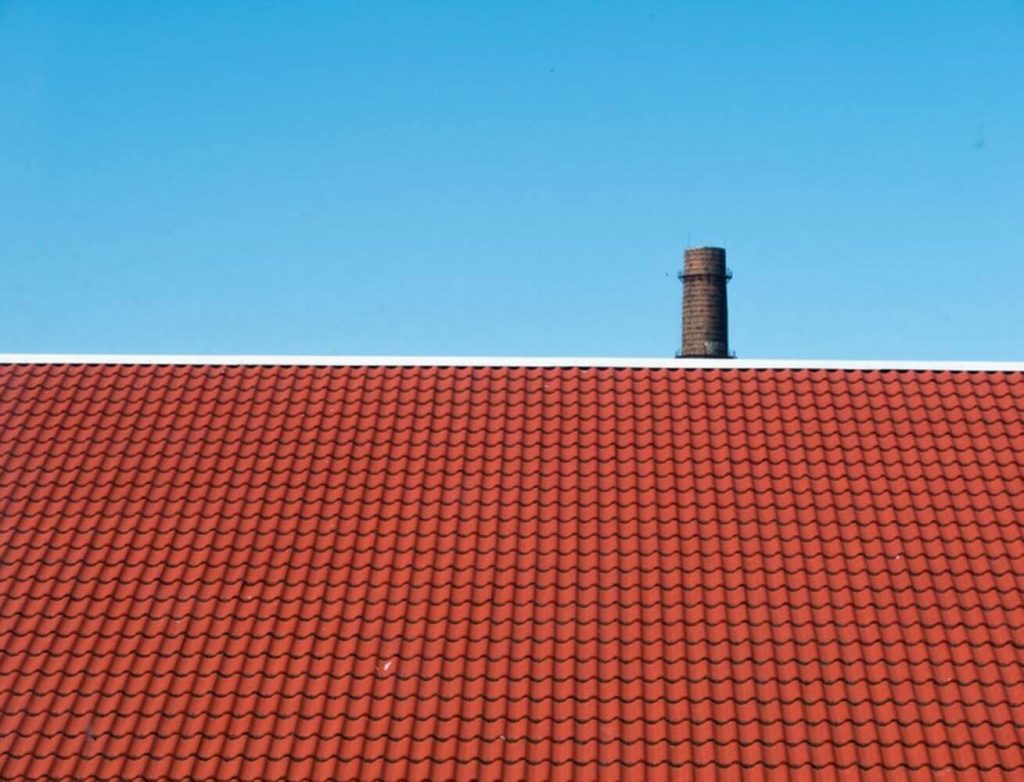
Take Care of Your Gutters
It takes more than just a good roof to protect your house from water damage. Even with the best canopy possible, there’s still a chance that water will seep into your home through cracks and other openings. This is where gutters come in. They channel rainwater away from internal cavities and redirects it, so it doesn’t accumulate around your house. But just because you’ve had one installed doesn’t mean you’ve done your part already. See, many homeowners fail to realize the importance of cleaning and maintaining gutters. Get a ladder, put on your work clothes, and start removing all the gunk and junk on your gutters. This way, you won’t have to worry (at least as much) even if a storm comes your way.
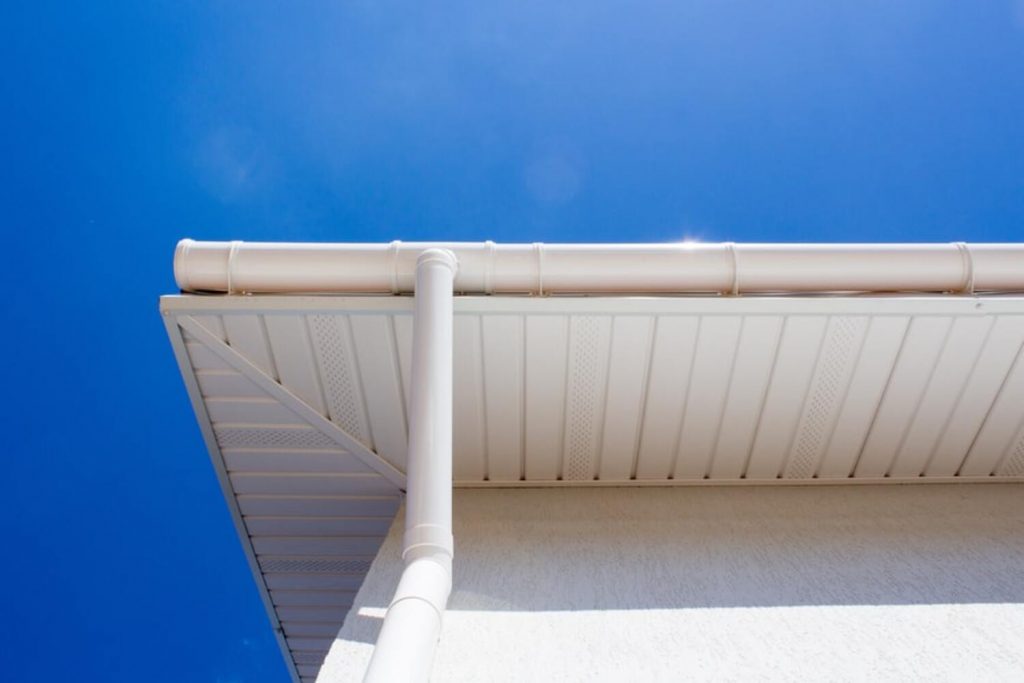
Landscape Your Yard
Exterior maintenance means more than just taking care of your home itself. You also have to work on your yard to enhance curb appeal. You never know when a potential buyer might be looking around the neighborhood or what outsiders think about your property, so do your best to ensure that it looks its best.
Having said that, landscaping can often be intimidating the first time. What plants do I get? How do I arrange them? And dozens of other concerns. Fortunately, you don’t have to go all out. Take it easy. Start with simple landscaping projects like planting perennials and covering your lawn with grass. If you won’t be moving in a long time, you should plant trees today to have more shade in the future.

Make Small Repairs Whenever You Can
When living on the coast, it’s common for your home to take damage. Saltwater is harsh on exterior surfaces, and the wind can wreak havoc on roofs or windows. But even if there are several minor issues with your house that need fixing right away (a broken window pane here, peeling paint there), don’t make any big purchases just yet! Do some research on how to DIY-fix the problem. It might just need a little caulk or something. Plus, this will give you time to consider how much work needs to be done before making expensive decisions about which renovations should happen first.
Clean Your Home’s Exterior
Alright. This might be simple and obvious, yet it’s the most practical tip on this list. Make sure your home’s exterior is clean. This means you need to sweep the walkways, garden paths, and driveway regularly. Power wash your siding, clear the roofs, and clean the windows. You also have to mow the lawn depending on how fast the grass grows. The point of this is, by keeping your exterior in tip-top shape, you’re preventing future damage from happening.
Conclusion
Home maintenance is something every homeowner must learn and do. It’ll save you time, money, and effort in the long run. Plus, a house in Hawaii is a dream come true. Many people will do anything to have what you have right now. Appreciate the blessing, treasure your investment, and take good care of it.

